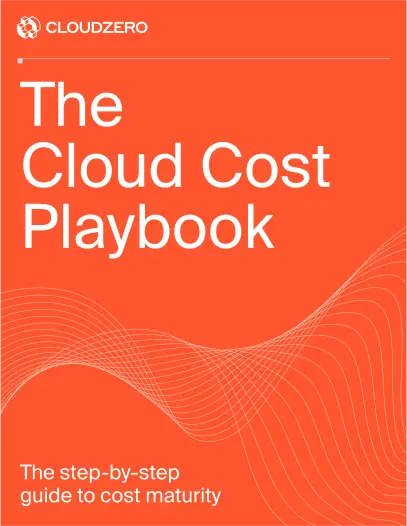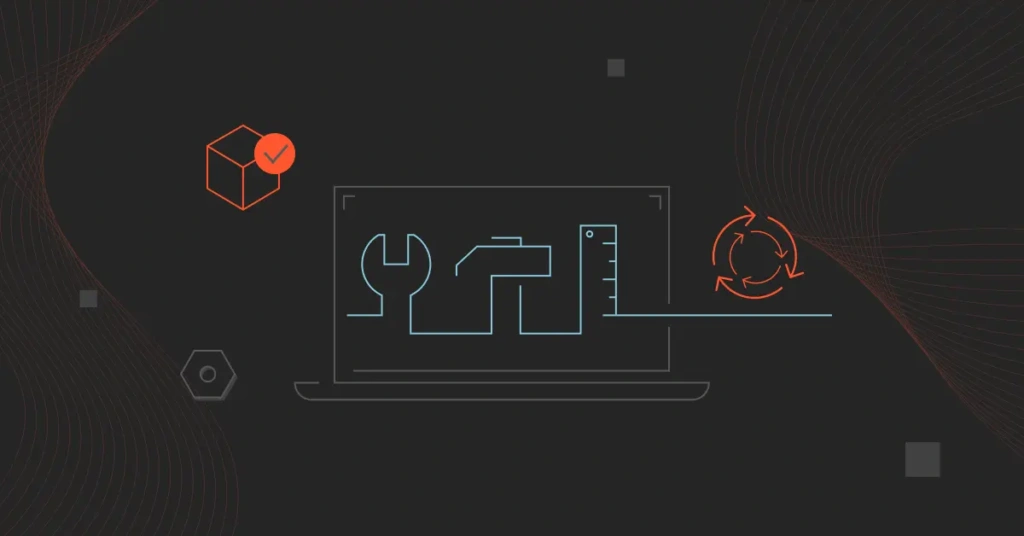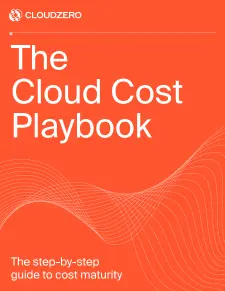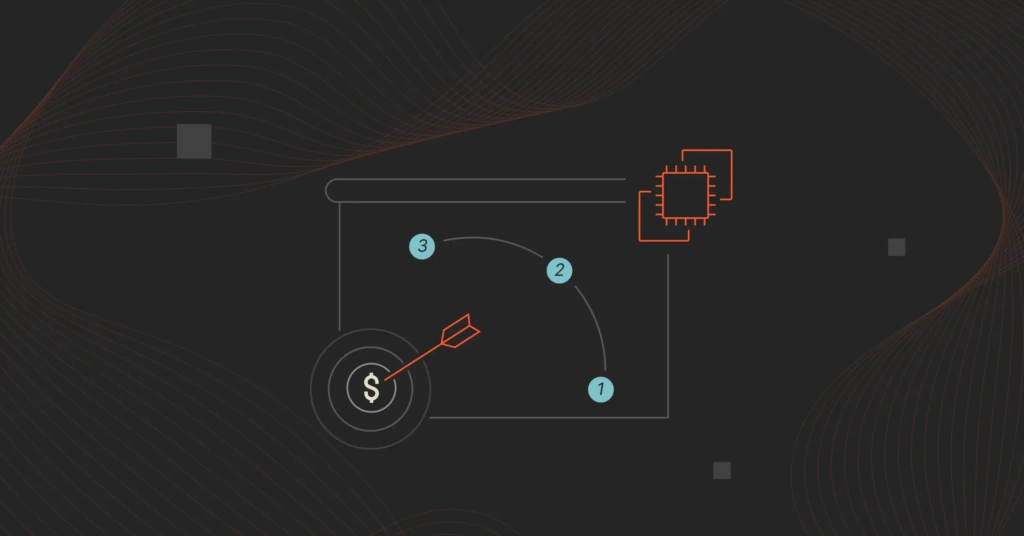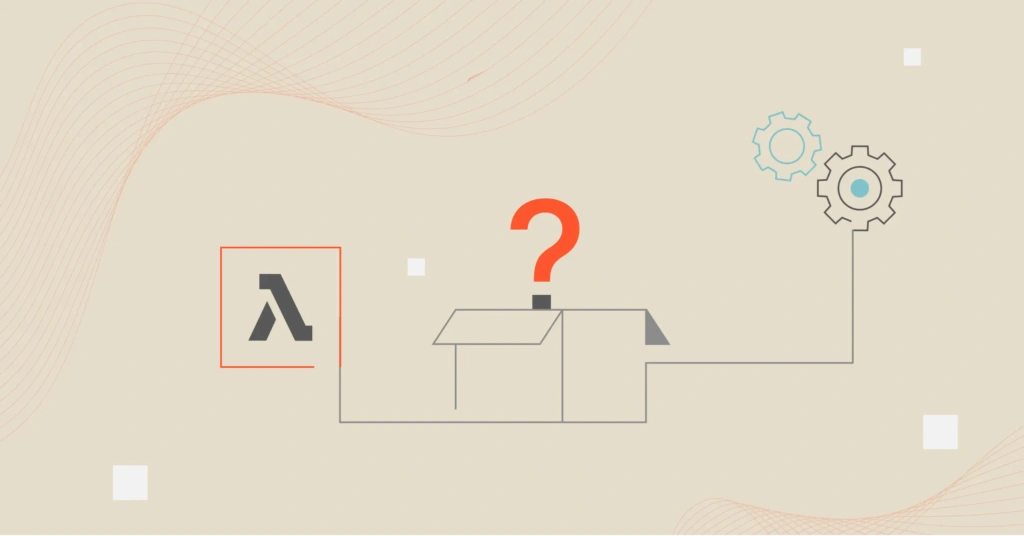Zoom has an interesting concept they call a “minimum version enforcement policy.” The video conferencing platform enforces a Quarterly Lifecycle Policy, meaning that every three months, specifically in February, May, August, and November, Zoom updates the minimum required versions of its apps and SDKs.
All users, system admins, and developers must be on at least the specified version to continue using the platform.
Why?
Because each enforced version includes the latest security patches, privacy protections, and performance improvements.
It’s a proactive way to reduce risks like security vulnerabilities and compatibility issues. And it’a also a solid real-world example of Continuous Delivery in action. With the right Continuous Delivery tools, teams can enforce practices like these with consistency and confidence.
But let’s step back for a second and start from the beginning.
What is Continuous Delivery (And Why Should You Care)?
Continuous Delivery (CD) is a software development approach that automates the building, testing, and packaging of code so it’s always ready for release. However, code changes sit in a staging or pre-production environment, waiting for manual approval before going live.
CD focuses on small, frequent updates rather than large, disruptive releases. Brands like Zoom, Netflix, Etsy, and Amazon have embraced this mindset — some deploying updates more than 100 times a day.
CD is often used alongside Continuous Integration (CI) in a CI/CD pipeline, which automates the entire path from code commit to deployment.
Together, they accelerate development cycles while maintaining high quality through automated testing and continuous feedback.
Continuous Delivery Vs. Continuous Deployment: What’s The Difference?
The biggest difference between continuous delivery and continuous deployment is automation — specifically, how far it goes.
- With continuous delivery, builds and tests are automated, but a team member still needs to manually approve the release before it goes live in production.
- With continuous deployment, there’s no manual step. Every change that passes your automated tests is automatically pushed to production and released to customers.
By now, you’ve probably noticed that we’ve mentioned “automation” several times. That’s no accident. It’s where the best CD tools fit in.
What Do Continuous Delivery Tools Do?
CD tools help development teams automate the building, testing, and delivery of code to staging or pre-production environments. A solid CD tool can eliminate many of the challenges of manual delivery pipelines.
Here’s how:
What are the benefits of CD tools?
See, the benefits of Continuous Delivery tools go beyond just the technical side. They also positively impact how your business delivers value.
- Support continuous testing
CD tools run comprehensive user acceptance tests, performance checks, and complex scenarios. This level of test coverage helps catch bugs early, reducing the risk of faulty code slipping into production.
- Automate quality checks
Manual quality checks can slow down delivery and introduce human error. CD tools automate these checks, including code quality scans, security validations, and policy enforcement, keeping the pipeline flowing efficiently.
- Improve team communication
CD tools help to improve transparency across the pipeline. Everyone, from developers to operations to product managers, can see the status of releases, reducing silos and minimizing deployment delays.
- Simplify complexity management
Building modern applications often involves juggling tightly coupled services, APIs, and legacy systems. CD tools help coordinate these dependencies, reducing the risk of errors that can arise from manual configurations or last-minute changes.
- Automated infrastructure management
By managing and synchronizing environments (like staging and production), robust CD platforms eliminate inconsistencies and reduce the “it worked on my machine” problem.
Here’s the thing. Some tools are designed to support specific stages of the CD pipeline, while others offer end-to-end functionality as full CI/CD solutions.
What CD Tools Do By Category
Consider this:
- Source code management: This phase involves managing the application’s source code in repositories like Git. Developer commits trigger the pipeline.
- Build phase: Here, you compile and package code into deployable artifacts, such as binaries or container images, using automated tools for consistency.
- Testing: This involves validating software through automated tests. Think of unit (individual components), integration (module interactions), and functional/performance tests (system behavior).
- Staging: This phase involves simulating production. The goal is to test deployments and verify software behavior under near-real-world conditions. Smoke tests help catch additional issues.
- Delivery: At this point, the code changes, features, or patches are delivered to a pre-release environment, awaiting manual approval for production.
- Monitoring and feedback: The focus here is on tracking performance and user feedback post-deployment. This phase feeds issues back into development for quick resolution.
These components enable frequent, reliable releases with minimal downtime. And the best CD platforms support all, or at least several, key components of this CD pipeline.
How To Choose The Right Continuous Delivery Tool For Your Needs
When choosing a robust Continuous Delivery (CD) tool, look for capabilities that match your team’s workflow, scalability needs, and long-term goals. So, without turning this into a booklet, here’s your handy guide to the key factors to consider:
1. Pick your hosting model
Choose between cloud-hosted (low maintenance) and self-managed (greater control). Cloud solutions reduce setup time, while self-hosted options suit strict compliance needs.
2. Ensure integration with your existing tools
Ensure the tool integrates seamlessly with your current stack. These include Git for version control, Jenkins for CI, or Jira for tracking. Compatibility reduces friction and avoids redundant workflows.
3. Pick a scalable option
The tool should handle your growing workloads, concurrent pipelines, and multi-environment deployments. For example, you may want it to be able to handle complex setups (cloud, hybrid, or on-premises).
4. Balance cost with efficiency
Consider licensing costs, infrastructure requirements, and maintenance effort. For example, picking an open-source tool may save you money upfront. However, they often lack enterprise support and can cost more long term.
5. Look for Kubernetes support
Modern CD tools should natively support Kubernetes if you plan on managing containerized apps.
6. Check for the right security and compliance tools for your specific use case
Whichever sector you are in, you’ll want to prioritize tools with role-based access control, audit logs, and compliance certifications (such as SOC 2).
7. Ease of use matters
A user-friendly interface and clear documentation are critical. Overly complex tools can slow adoption. Look for intuitive pipeline configuration and dashboards, like TeamCity’s unified UI, simplifying tracking builds and deployments.
8. Look beyond the basics
Look for automated rollbacks, environment-specific configurations, and support for progressive delivery (such as feature flags).
9. Feedback and monitoring
Real-time analytics and alerts help teams resolve issues quickly. So, look for a CD tool that offers end-to-end visibility from code commits to production to enable faster troubleshooting.
10. Vendor support and community can make a difference
Dedicated support channels, active forums, and well-maintained documentation are crucial support systems for engineers. They not only help you troubleshoot issues faster, but they can also expose you to new CD best practices and emerging trends you can take advantage of.
By prioritizing these factors, you’ll be better equipped to choose a CD tool that supports your team’s goals and growth. So, what are some of the best Continuous Delivery tools worth considering today?
9 Continuous Delivery Tools To Try Out
As promised, we’ll keep this section concise. We’ll highlight what makes each Continuous Delivery tool stand out. From there, you can dive deeper on your own and decide which one best fits your team’s needs.
1. Jenkins
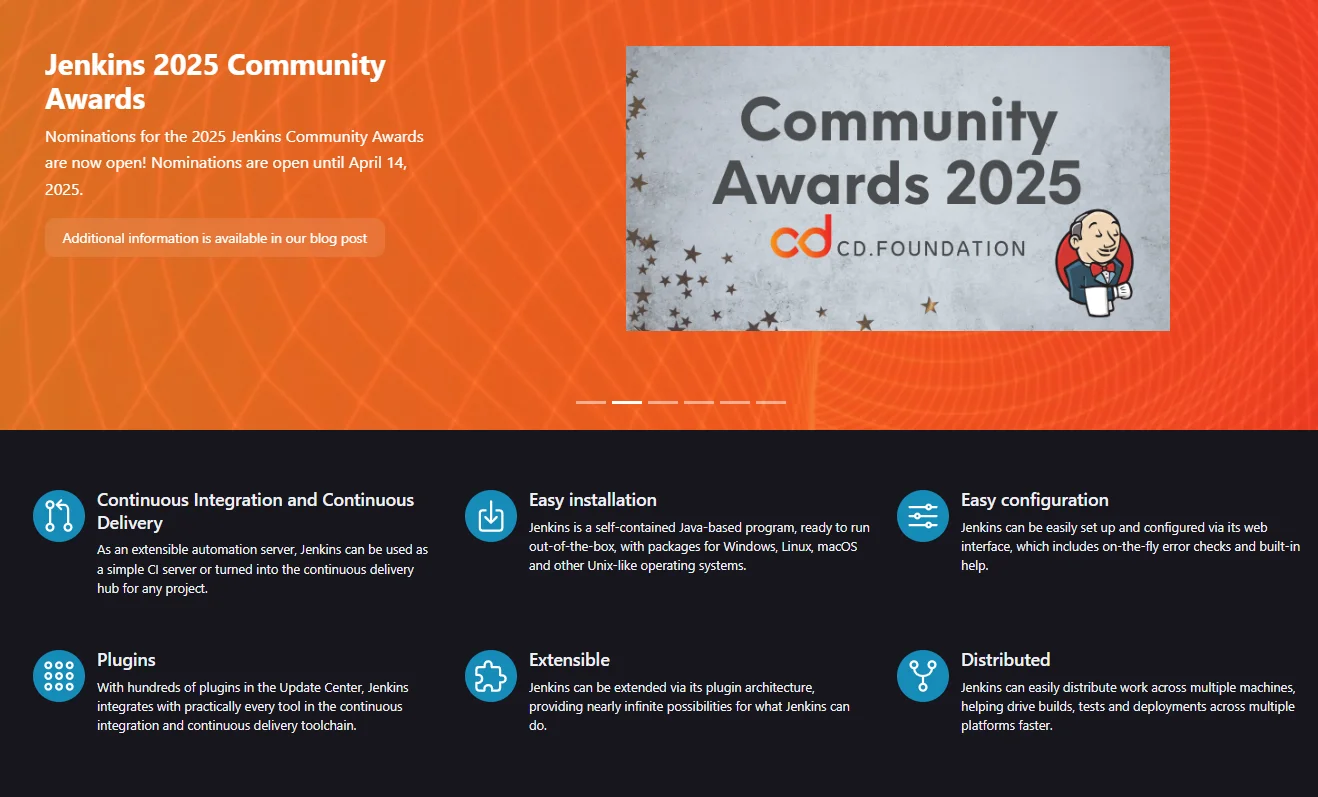
Jenkins, a wildly popular automation server, can do it all: build, test, deliver, and deploy. It doesn’t enforce Continuous Delivery or Deployment by default. Instead, you control the pipeline behavior by how you configure it.
Jenkins advantages:
- Massive plugin ecosystem (over 1,800) covering nearly every DevOps need, including tools such as Maven, Got, and Docker.
- Expect strong community support, documentation, and regular updates.
- It supports pipeline-as-code via Jenkinsfile.
- Highly customizable pipelines using Groovy-based scripting.
- It works across platforms and with nearly all programming languages.
- Jenkins scales well from small projects to large enterprise deployments.
Ideal for: Teams that want full control over their pipelines and are comfortable managing infrastructure.
2. GitHub Actions
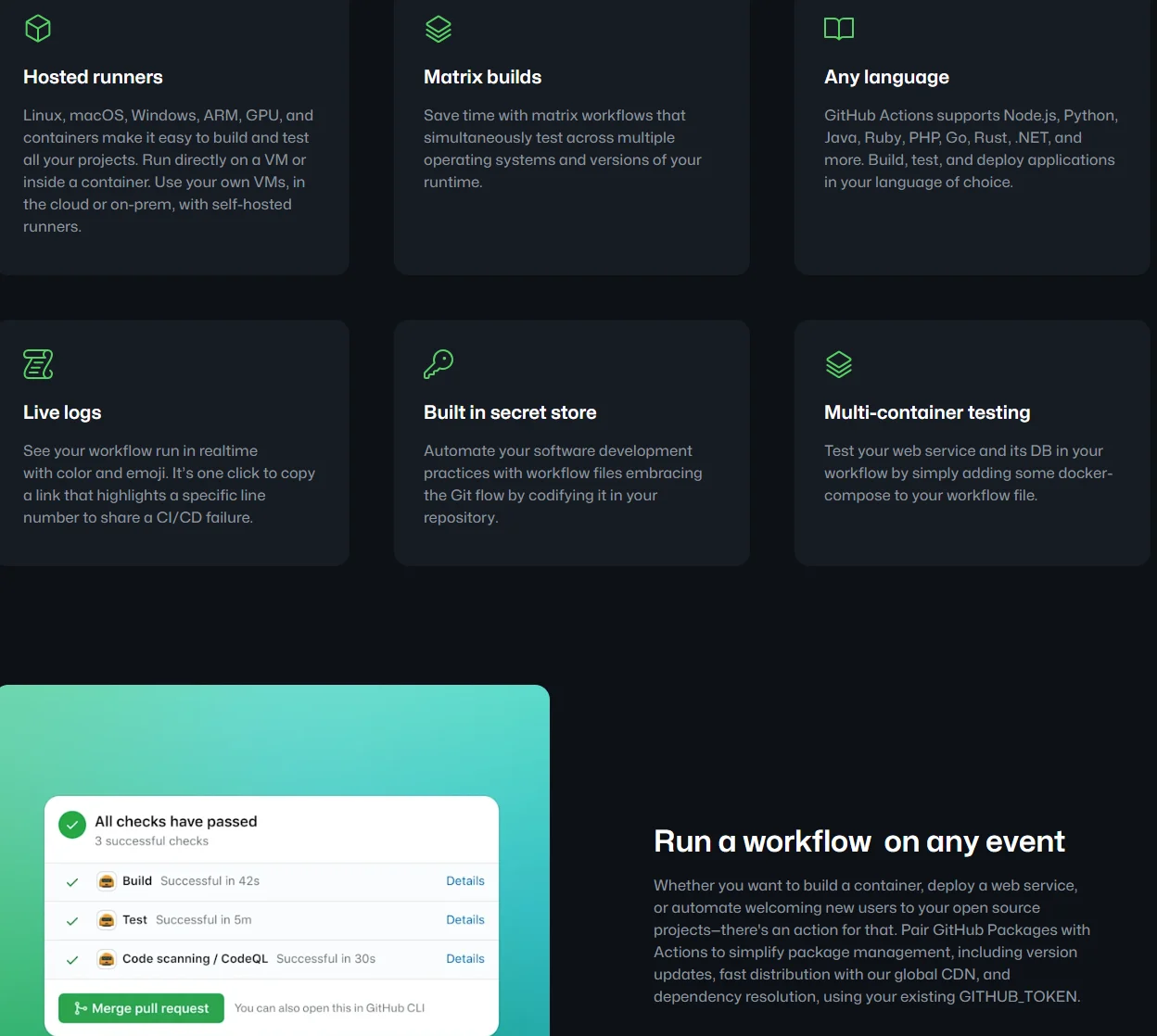
GitHub Actions lets you use YAML files to automate build, test, and deployment workflows directly from your GitHub repository. It handles Continuous Delivery by default (manual promotion) but can use custom workflows to support Continuous Deployment.
GitHub Actions advantages:
- It’s fast and easy to learn.
- Tight integration with GitHub. No need to manage external CI/CD tools.
- Access to thousands of prebuilt “Actions” in the GitHub Marketplace.
- YAML-based workflows are simple and human-readable.
- Extensive marketplace of pre-built actions.
- It scales effortlessly, from personal projects to enterprise apps.
- Native support for Docker, containers, and matrix builds.
- Free tier includes generous CI/CD minutes for public repos.
- It’s solid for open-source and private projects alike.
Ideal for: Teams already using GitHub and looking for a lightweight but powerful CI/CD solution.
3. GitLab CI/CD
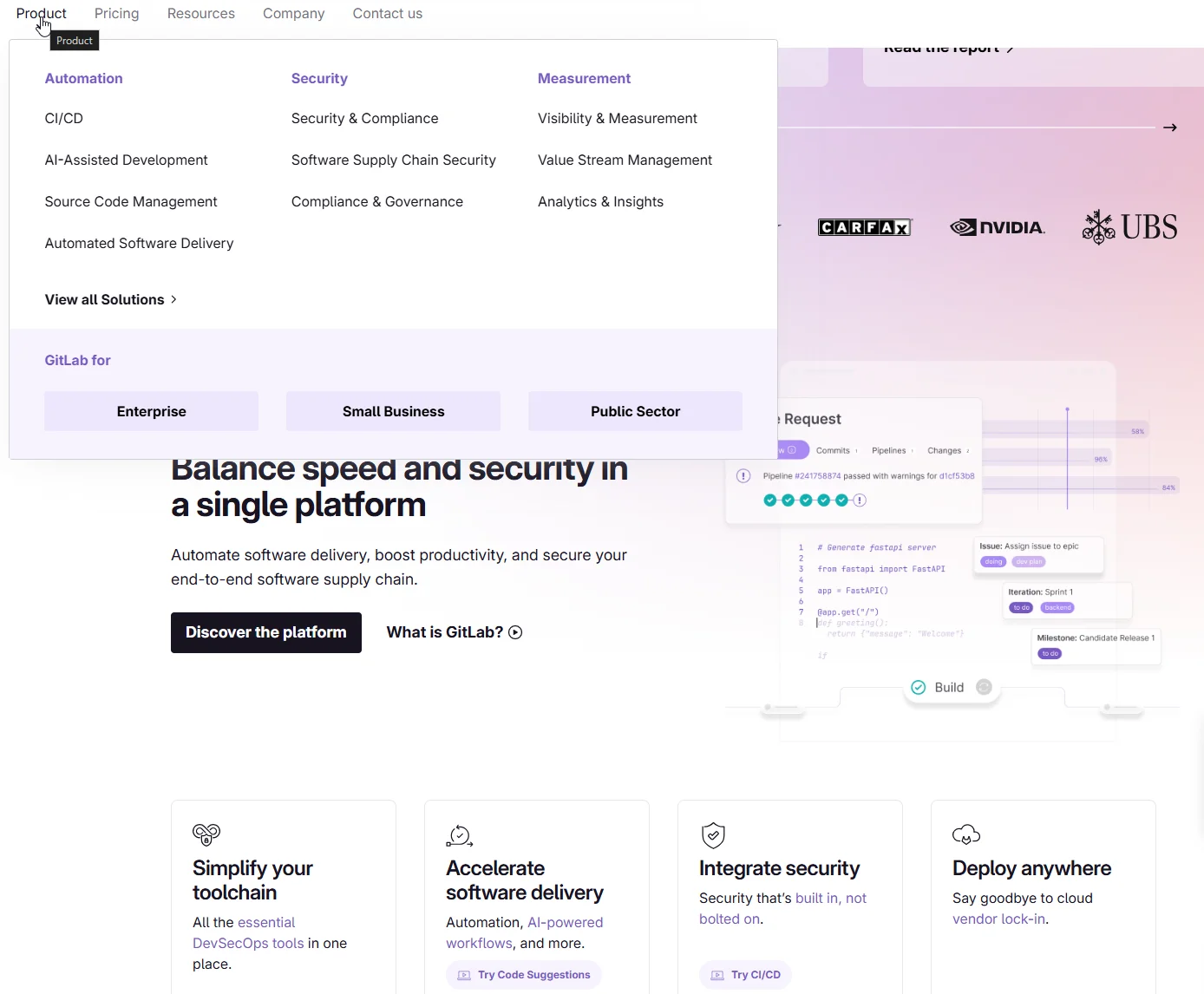
GitLab CI/CD is built directly into GitLab, offers CD out-of-the-box, and supports the entire DevOps lifecycle. This includes native support for CI/CD, issue tracking, code review, and even security testing.
GitLab CD advantages:
- Complete DevOps platform with no need for third-party tools.
- Built-in Docker registry and Kubernetes integration.
- Visual pipeline editor plus YAML configs.
- Open-core model with strong enterprise support.
- Easily connect to Kubernetes and cloud platforms.
- End-to-end DevSecOps platform.
- Built-in code quality and security checks.
Ideal for: Consider GitLab’s solution if you are looking for an all-in-one DevOps solution with strong security baked in.
4. CircleCI
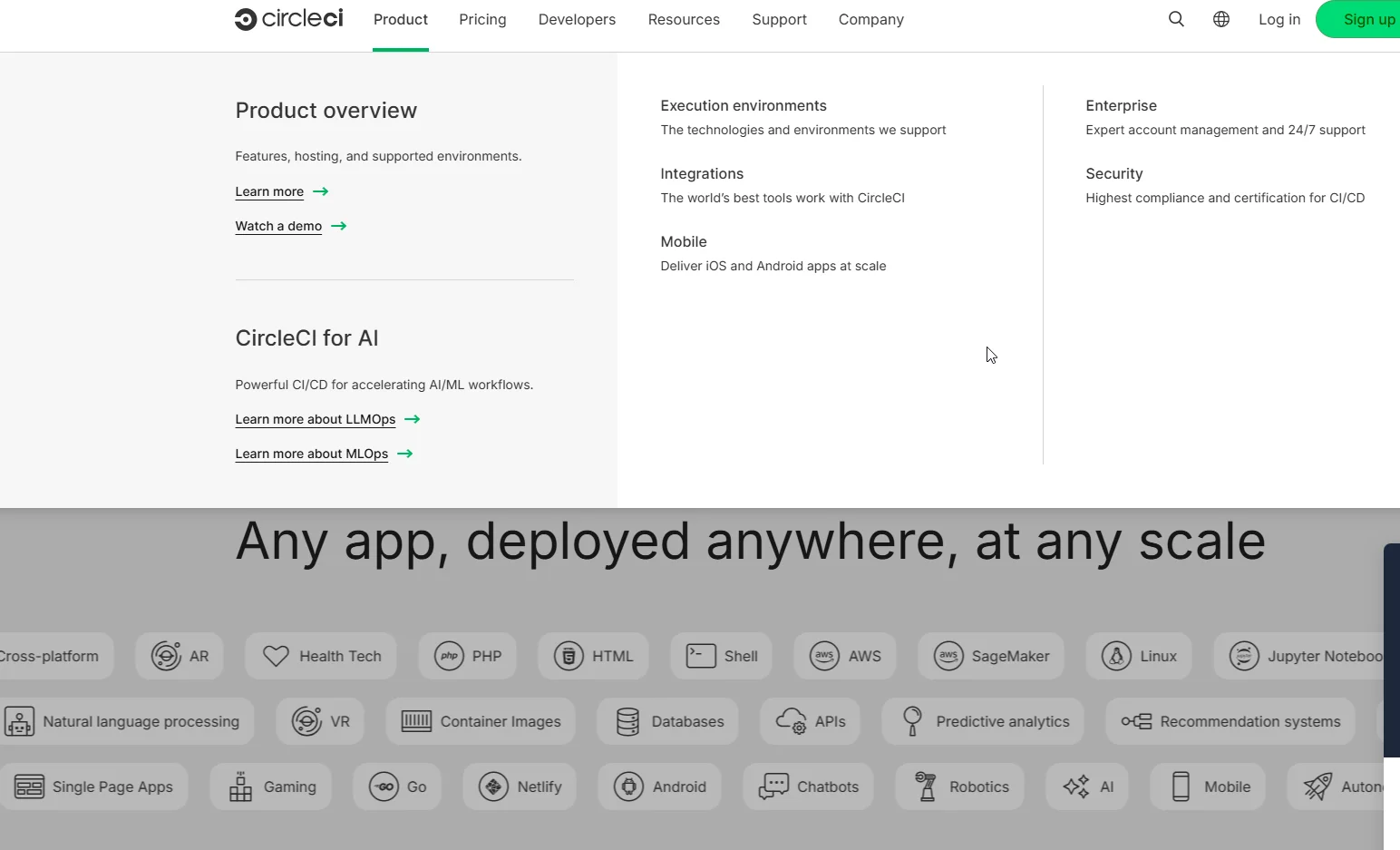
CircleCI supports both Continuous Delivery and Continuous Deployment depending on how you structure the config file. It is a cloud-based (and self-hosted for on-prem) CI/CD tool and uses intelligent caching to speed up your deliveries.
CircleCI advantages:
- Rapid build and deploy speeds with smart caching.
- Flexible config via YAML pipelines.
- Native Docker and Kubernetes support.
- Configuration as code with YAML.
- Scalable—from startups to large teams.
- Insightful metrics and performance dashboards.
- Integrates well with GitHub, GitLab, Bitbucket, and more.
Ideal for: Teams that want fast, reliable pipelines that scale as you grow.
5. Spinnaker

Spinnaker is an open-source, multi-cloud continuous delivery platform originally developed by Netflix. Unlike most CI/CD tools, Spinnaker doesn’t do CI — it focuses purely on CD orchestration.
Spinnaker CD advantages:
- It’s purpose-built for multi-cloud and multi-environment deployments.
- Supports complex release strategies like canary and blue/green out of the box.
- Includes native support for AWS, GCP, Azure, and Kubernetes.
- Rich UI to visualize deployment pipelines.
- Advanced deployment strategies and rollbacks.
- Smooth integration with CI tools like Jenkins or GitLab.
- Ideal for large, multi-region, or regulated environments.
Ideal for: Setting up and maintaining Spinnaker requires resources and experience, making it better suited for medium to large enterprises or teams with complex CD needs.
6. Argo CD
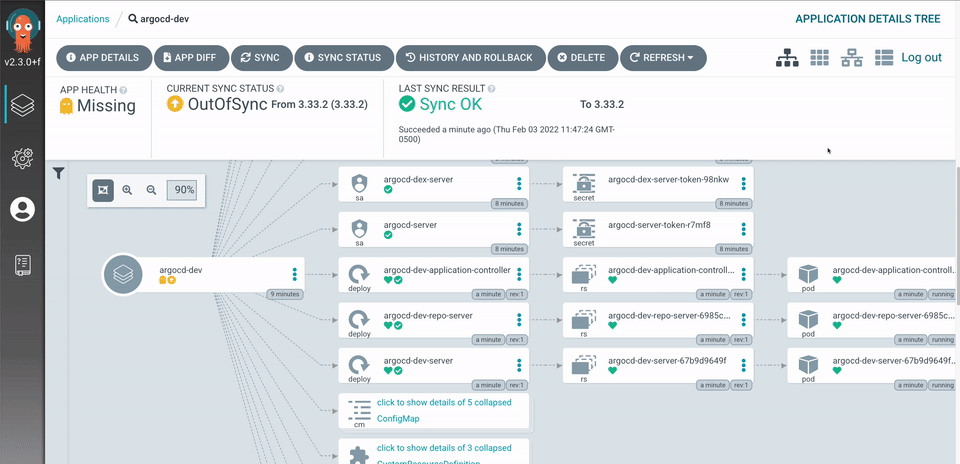
Argo CD focuses on delivering apps to Kubernetes using Git as the single source of truth. This enables true declarative CD in Kubernetes environments. It doesn’t do CI. It assumes you’re using a separate tool for that.
Argo CD advantages:
- It’s entirely Kubernetes-native, which means no separate servers or agents—just CRDs and controllers.
- GitOps-first: everything is version-controlled and auditable.
- Kubernetes-native and lightweight.
- Real-time UI for application state and health.
- Strong RBAC and SSO support.
- Excellent for multi-environment Kubernetes deployments.
- Supports Helm, Kustomize, and plain YAML.
- Lightweight and resource-efficient.
Ideal for: If you are running Kubernetes and want secure, repeatable, and declarative deployments.
7. Octopus Deploy
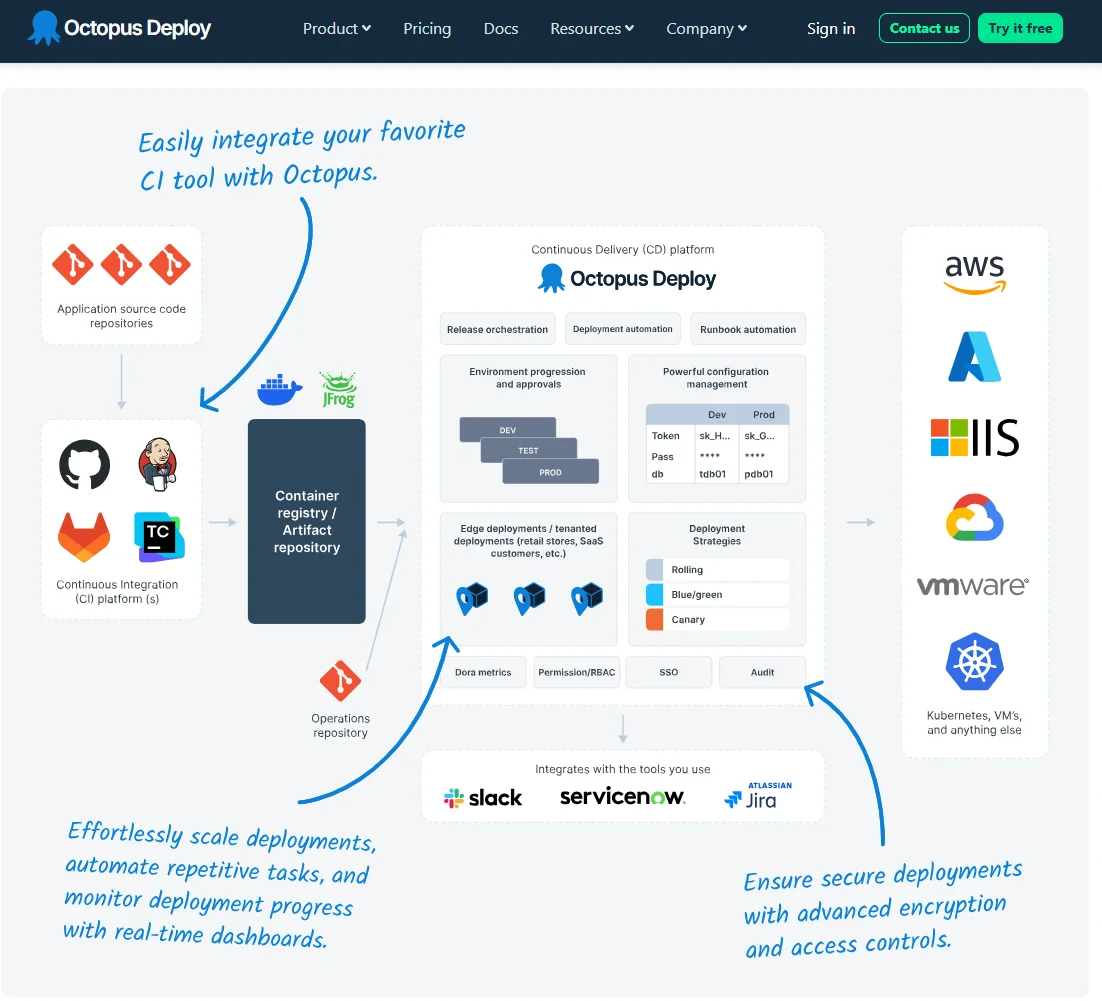
Octopus Deploy handles releases and deployments, not builds. It plugs into your CI tool and takes care of promoting and releasing your artifacts. It picks up where your CI tool leaves off and handles environment-specific releases, approvals, and rollout strategies.
Octopus Deploy advantages:
- Great at managing complex deployment workflows across multiple environments and machines.
- Especially strong at managing complex release flows across staging, QA, and production.
- Drag-and-drop pipeline designer.
- Built-in approval workflows and release auditing.
- Secrets management and access control baked in.
- Easy to roll back failed deployments.
- Great for managing releases and approvals.
- Support for on-prem, cloud, and hybrid environments.
- Easy-to-use UI and visual pipeline builder.
- Secret management built in.
- Integrates with Jenkins, Azure DevOps, TeamCity, and more.
Ideal for: Enterprises that need precise deployment control, compliance, and visibility into their CD flows.
8. Azure DevOps (Azure Pipelines)
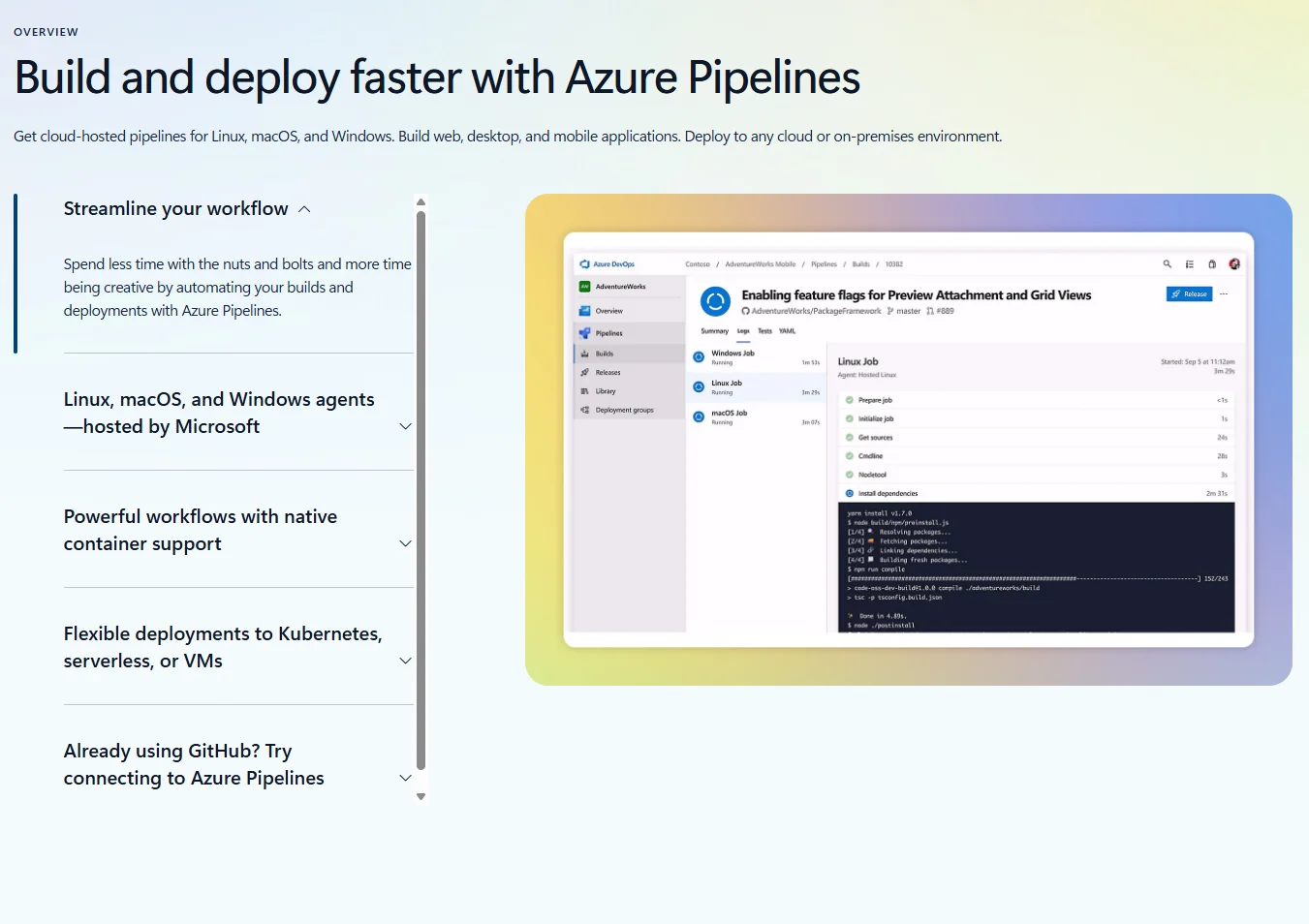
Azure DevOps provides an end-to-end development platform, from repos and boards to testing and deployments. Azure Pipelines (its CI/CD engine) is cloud-hosted, supports any language or platform, and can be configured for either CD or full Continuous Deployment.
Azure DevOps advantages:
- Supports containers, VMs, and serverless targets.
- Powerful pipeline customization with YAML and classic editor.
- Built-in testing, artifact storage, and package management.
- Multi-cloud and hybrid deployment support.
- Enterprise-grade access controls and auditing.
- End-to-end DevOps platform (repos, boards, pipelines, artifacts).
- Flexible deployment targets: Azure, AWS, GCP, on-prem.
- Built-in compliance and access controls.
Ideal for: Deep integration with Microsoft tools like Azure, Visual Studio, and GitHub makes it ideal for Microsoft-centric teams or enterprises wanting full ALM in one place.
9. TeamCity
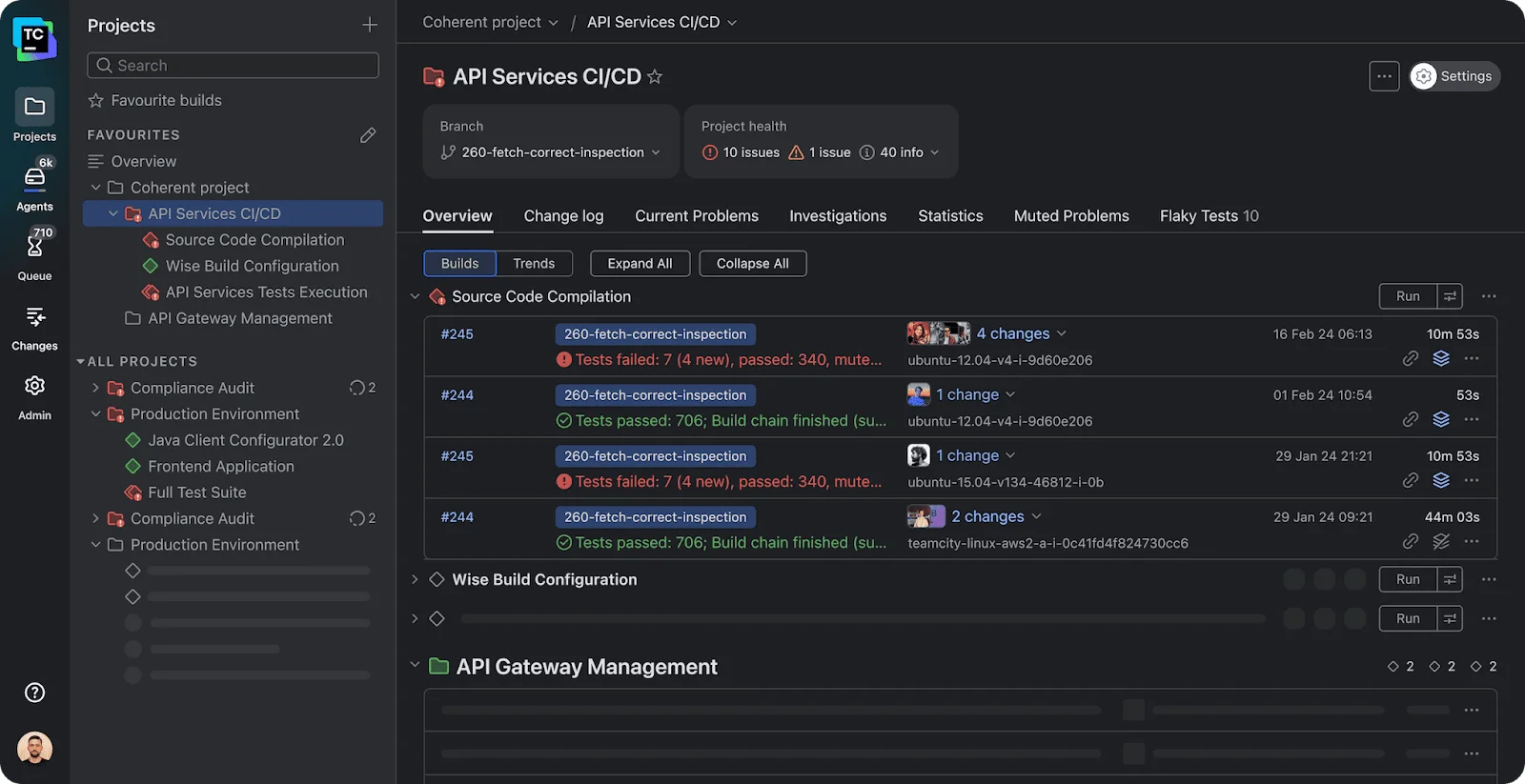
JetBrains’ TeamCity is a CI/CD server known for its in-depth configurability. TeamCity is also strong on CI and supports CD when integrated with deployment tools or via plugins. It can support Continuous Deployment too, though that takes more setup.
TeamCity CD advantages:
- Supports advanced build chains and parallel testing out of the box.
- Strong out-of-the-box support for .NET, Java, and more.
- Parallel builds and agent pools for speed.
- Excellent build insights and analytics.
- Fine-grained control over build steps and failure conditions.
- Integrates well with JetBrains tools (like IntelliJ).
- Build pipelines that adapt based on code changes.
- Advanced failure conditions and notifications.
- Robust plugin ecosystem and REST APIs.
- Secure, scalable, and developer-friendly.
Ideal for: Mid-to-large teams who want control over build logic, advanced test reporting, and solid integrations. It’s also a fit for organizations using .NET or JVM-based stacks.
What Next: Easily View, Understand, And Optimize Your Continuous Delivery Costs
Investing in top-tier Continuous Delivery tools is a smart move. But without reliable cost visibility, their always-on nature can quietly drive up your cloud spend.
That’s where CloudZero comes in.
Whether you’re scaling Kubernetes or pushing multiple releases a day, CloudZero helps you build a CD strategy that’s both agile and cost-effective.
With real-time, granular insights, like cost per deployment, per feature, per team, and per environment, CloudZero shows you exactly who and what is influencing your rising cloud costs. That means you can take action fast to reduce waste — without compromising velocity, performance, or user experience.
Innovative teams at Malwarebytes and Remitly already use CloudZero to understand, control, and optimize their CD costs. You can, too.  to take control of your cloud spend (and see why a company like Upstart saved over $20 million in just the first year).
to take control of your cloud spend (and see why a company like Upstart saved over $20 million in just the first year).
